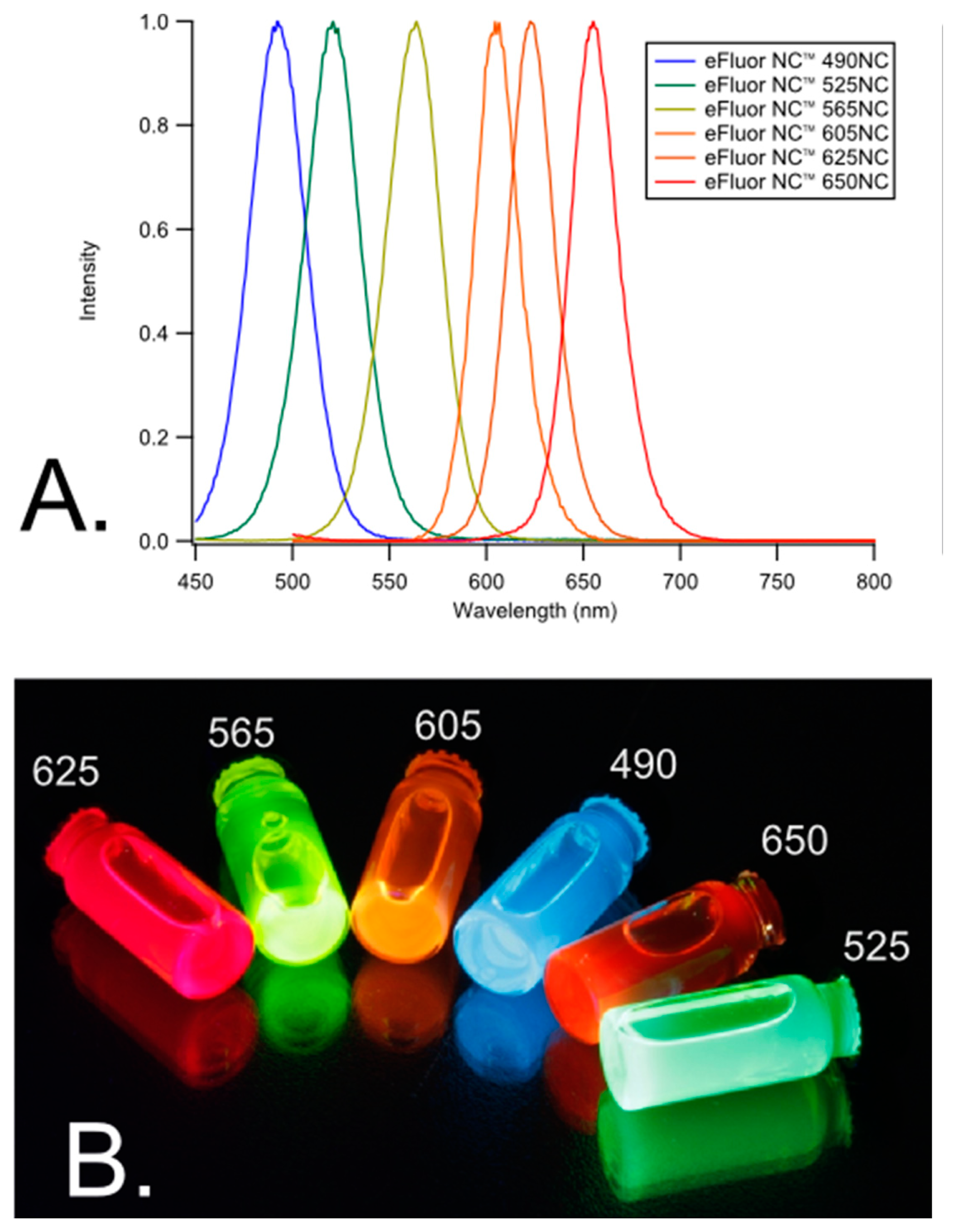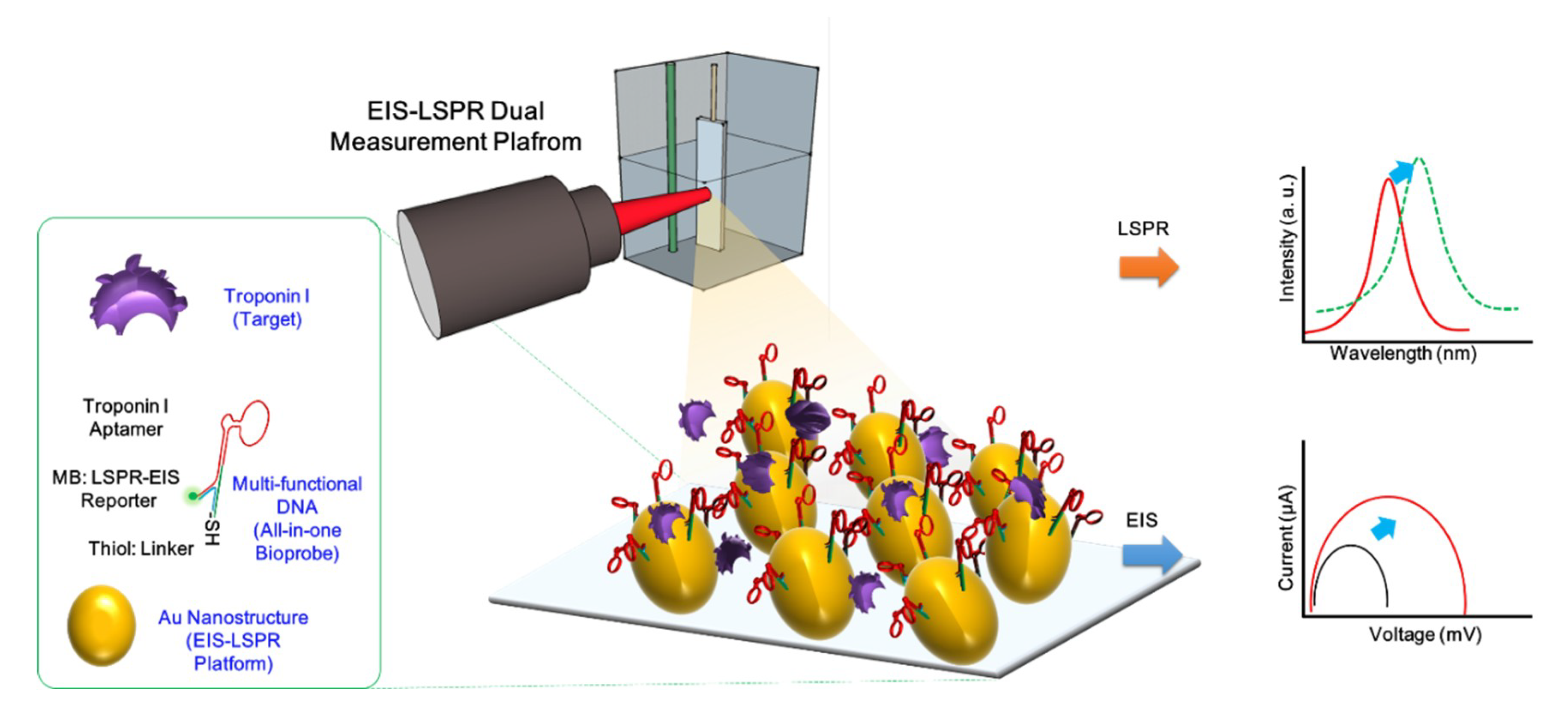

Read more about how to correctly acknowledge RSC content. Permission is not required) please go to the Copyright If you want to reproduce the wholeĪrticle in a third-party commercial publication (excluding your thesis/dissertation for which If you are the author of this article, you do not need to request permission to reproduce figuresĪnd diagrams provided correct acknowledgement is given. Provided correct acknowledgement is given. If you are an author contributing to an RSC publication, you do not need to request permission Please go to the Copyright Clearance Center request page. To request permission to reproduce material from this article in a commercial publication, Provided that the correct acknowledgement is given and it is not used for commercial purposes. Fano resonance in (gold core)-(dielectric shell) nanostructures without symmetry breaking.

This article in other publications, without requesting further permission from the RSC, These core-shell AuPd nanoparticles are attractive as electrocatalysts for ORR application due to a welcome feature in the core-shell systems: the lattice strain effect of the Au core on. Fu,Ĭreative Commons Attribution-NonCommercial 3.0 Unported Licence. Theranostic metal–organic framework core–shell composites for magnetic resonance imaging and drug delivery The Fe 3O core–shell composites show good biocompatibility, high drug loading capacity, sustained drug release, and outstanding MR imaging capability, as well as effective chemotherapeutic efficacy, demonstrating the feasibility of designing theranostic Fe 3O core–shell composites for cancer diagnosis and therapy.

In the composites, the UiO-66 shell is devoted for encapsulating the drug, whereas the Fe 3O 4 core serves as a MR contrast agent. The slow varying background part is the same as scattering. The scattering coefficients of a core-shell particle with high permittivity cover can be described by the superposition of narrow resonance and slow varying background. In this study, we demonstrate novel MOF-based theranostic Fe 3O core–shell composites constructed by in situ growth of a UiO-66 MOF shell on a Fe 3O 4 core for simultaneous drug delivery and magnetic resonance (MR) imaging. In this paper, an approximate model is presented to understand Fano resonances observed in the Mie scattering from a core-shell particle with high permittivity cover. Metal–organic frameworks (MOFs) have shown great potential in designing theranostic probes for cancer diagnosis and therapy due to their unique properties, including versatile structures and composition, tunable particle and pore size, enormous porosity, high surface area, and intrinsic biodegradability.


 0 kommentar(er)
0 kommentar(er)
